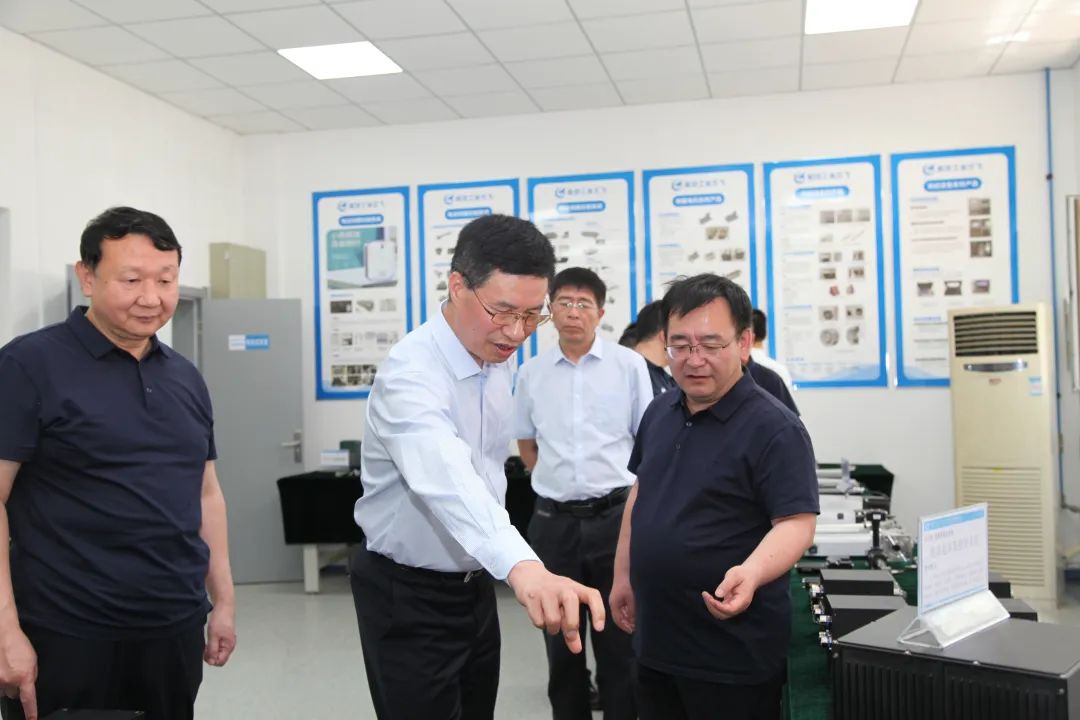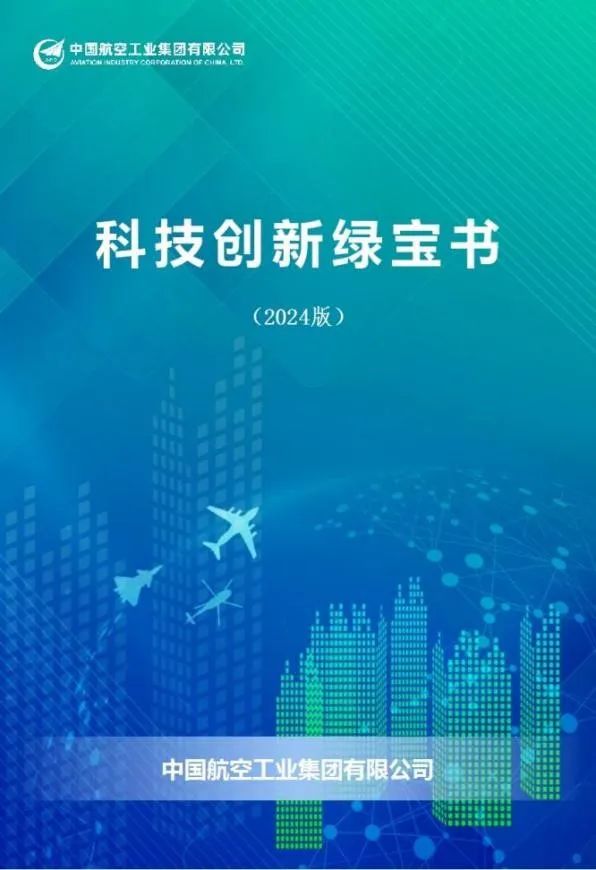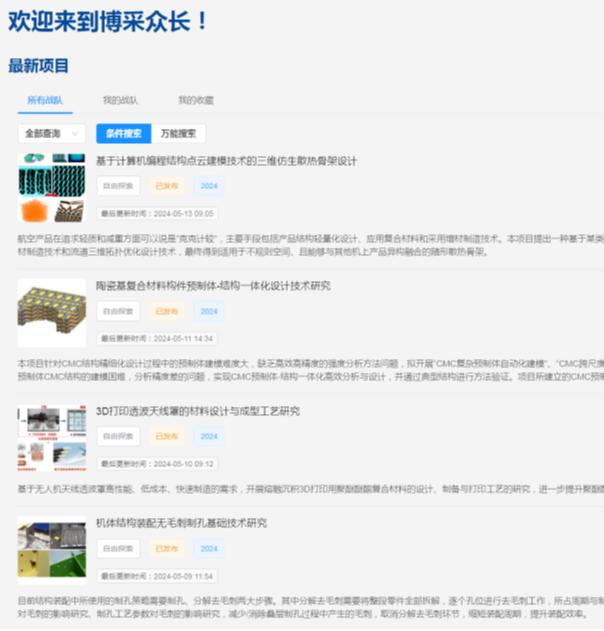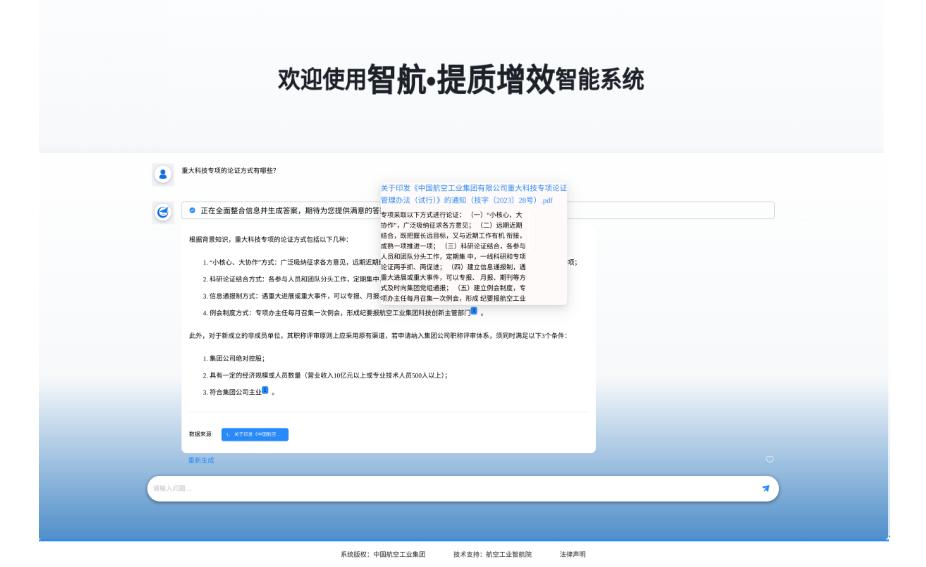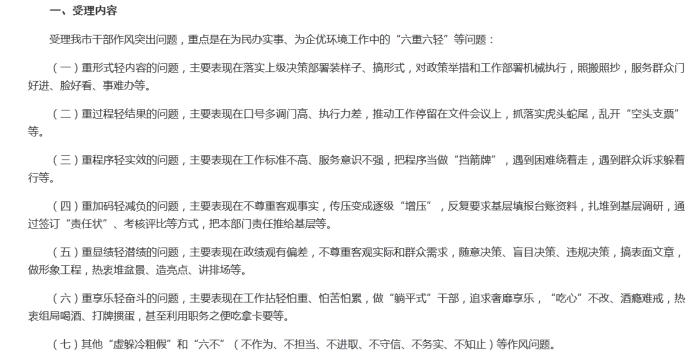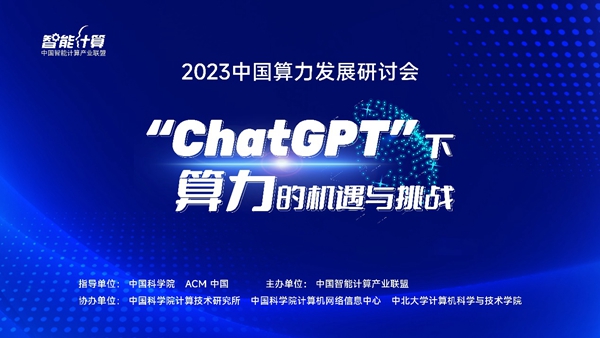Do you charge more for the parking system for private affairs in one week? Changsha County: Free of charge.

(Cartographer/Hong Yushi)
Red Net News December 7 th(Reporter Zhou Fen Shi Qianni) People want something, I want something, people want something, and I do something. According to the statistics of the online mass work department of Changsha County, from November 27th to December 1st, 2281 messages were received from the public, including 2053 messages for consultation and help, 208 messages for complaints and 12,345 messages for citizens’ service hotline, the leading mailbox of Changsha county government portal website and Changsha county urban management complaint hotline. The hot topics concerned by the masses are housing security, transportation and urban management. This week, the online mass work department of Changsha County focused on urban management issues, focusing on urban parking management issues and providing convenience services for citizens to park.
[Keywords:]
Urban management, smart parking and parking charges
[Appeal]
At 9: 46 on November 23, a netizen left a message in the mailbox of Changsha County Party Secretary in the red net "Asking for Politics in Hunan", reflecting that the charging amount of Xingcheng Zhibo charging system in Changsha County was inaccurate. The netizen said that at 7: 30 pm on November 22, 2023, he drove into the parking space designated by the municipal government of Tantouchong Road in Changsha County Maternal and Child Health Hospital, and left at 8: 06 am on the 23rd. However, in the free time, the Star City Zhibo charging system incurred parking fees in 3 yuan. In addition, according to others, this system still has the phenomenon that parking fees are not charged by half on weekends.
[disposal]
After receiving the problems reflected by the masses, the online mass work department of Changsha County transferred the problem to Changsha County Xingcheng Development Group Co., Ltd. for verification and handling. On the morning of November 29th, Changsha Xingcheng Development Group Co., Ltd. made a public reply. The unit said that after inquiring about the background system, the netizen’s vehicle entered the berth of Tantouchong Road (Kaiyuan Road-Liangtang Road) at 19:31 on November 22, and left at 08:00 on November 23, because the high-level video of this section has just been put into operation, and the vehicle failed to correctly identify the license plate number when entering, resulting in expenses. After checking the video data, the order did not actually generate any expenses, and it has been corrected in the background system according to the actual situation. The charging standard of Tantouchong Road section of Changsha Maternal and Child Health Hospital is as follows: the charging period is 8:00-20:00, 3 yuan/hour, and the parking fee is exempted if the parking time does not exceed 30 minutes, and the parking fee will be charged together with the first 30 minutes if it exceeds 30 minutes, and the 12 yuan will be limited for 24 hours, and the parking fee for new energy vehicles will be halved. Because the road section is located around the hospital, parking fees will be halved on weekends, except for free parking on important holidays (New Year’s Day, Spring Festival, Qingming Festival, May Day, Dragon Boat Festival, Mid-Autumn Festival and National Day) to alleviate the problem of parking in the hospital.
After receiving the feedback from the unit, the netizen took the initiative to leave a message to express his gratitude: "Thank you, leaders, the responsible unit has been exempted from 3 yuan, and thank you again!"
[opinion]
In recent years, with the improvement of people’s living standards, the traffic volume in cities is increasing, the parking space resources are always limited, and the problem of "difficult parking, difficult parking" is becoming increasingly serious. In order to alleviate the problem of "difficult parking" in urban areas, smart parking system has been applied to daily urban management. The application of smart parking system not only reduces the time consumption of car owners looking for parking spaces, but also effectively uses parking resources, greatly relieves traffic congestion, and can also improve urban public safety and help smart city planning. In the process of building a smart parking project, Changsha County fully listened to the suggestions of the masses, repeatedly discussed the parking lot location, charging time and price setting, actively solved the mass problems, and strived to provide more convenient parking services for the people in Xingsha.
Selected other cases:
"Netizen 2020120419104821": The paved road in Yangzitang damaged the road of Shanpo Formation in Daxing Village, with a lot of sand and stones on the road.
Changlong Street, Changsha County: After verification, the road did not cause damage. During the construction process, vehicles dropped a little asphalt material and stones when passing through the roads in huanghua town area. Knowing this situation, the street immediately arranged the construction unit to clean the stones on the road, and arranged the waterwheel to wash the road repeatedly, ensuring the road traffic safety.
"Netizen": A butcher shop in the east of Building B1 of Quanxing Logistics Park in Changsha County disturbed people by noise.
Law Enforcement Bureau of Changsha County: After investigation, the store has obtained a business license. When law enforcement officers checked, they found that the store used loudspeakers to broadcast relevant promotional advertisements to attract customers. The law enforcement team immediately asked the store to turn off the horn and informed the person in charge of the store that it should strictly abide by relevant laws and regulations and operate reasonably and legally. In the follow-up, Changsha County Administrative Law Enforcement Bureau will strengthen the law enforcement control and ensure a good city appearance and order environment for the general public.
"Small village": weekend camping vehicles on Laodaohe South Road illegally parked on the roadside, causing serious traffic congestion.
Traffic Police Brigade of Changsha County Public Security Bureau: The patrol control of Laodaohe section and surrounding roads will be strengthened on weekends, and illegal vehicles will be punished according to law. At the same time, in the process of patrolling and copying cards, traffic safety publicity and persuasion will also be increased.
"Netizen 1688803482582": There are a lot of sundries piled up in the 11 multi-storey public areas of Airport International Star City, posing fire hazards.
Huanghua town, Changsha County: The community and property management staff have been arranged to clean up, and the notice "Please do not pile personal items in public areas" has been pasted.





